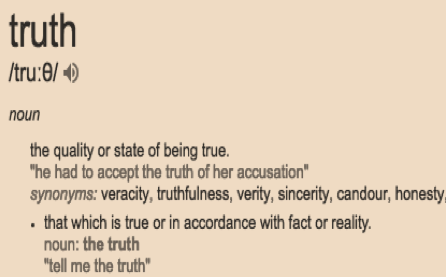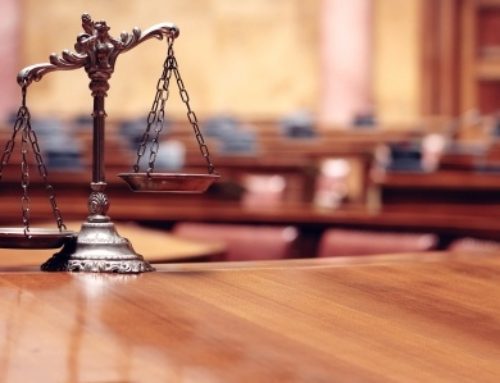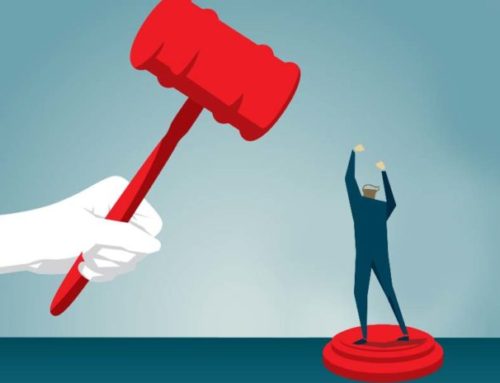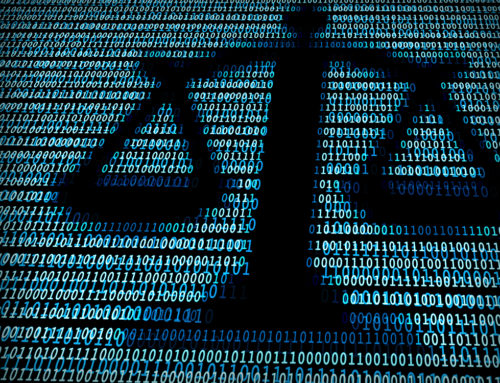In the second part of his three-part series on truth as the normative goal of judicial process, Justice K. Kannan looks at two tools used in a trial to arrive at the truth – the casting of the burden of proof and cross-examination. He comments on the efficacy of raising certain presumptions in the trial process and ends with a note on the dying art of cross-examination.
Preparing ground for trial
In all civil matters, the way the trial process pans out is well-structured by the Code of Civil Procedure, 1908, which declares how issues are required to be framed. Summoning witnesses follows soon after the issues are settled depending on how the burden of proof is cast. In criminal cases, the framing of charge brings a focus on what is required to be proved at the trial and the nature of burden of proof shall depend on some statutory presumptions.
The Indian Evidence Act, 1872 places the burden of proof on the person who wants a judgment on the existence of a particular fact, or on the proof of certain right of the plaintiff or the existence of certain liability of defendant (Section 101). Unlike the onus of proof, the burden never shifts. The relevance of placing a burden of proving something in the judicial process is that it lets you know how to pilot the trial; it helps determine issues of rebuttal; it lays down rules as to how the issues shall be framed as regards civil cases, how the charge sheet shall be filed in a criminal case; it helps in appreciation of evidence; it prescribes tests for identifying on whom the burden rests by raising the right questions; it lets you decide the necessity of proving the existence of certain facts, makes inferences from certain relationships and raises certain presumptions in law that guide the test, where but for such presumptions, the burden would be differently cast.
Types of presumption as an aid to inferences
In the manner of raising presumptions, Sections 79 to 85 B of the Indian Evidence Act lays down certain rules: in matters of proof of certain documents, the expression used is ‘shall presume‘. A certified copy of a document issued by a Registering Officer, for instance, shall be presumed to be true to the original. A Gazette copy shall be presumed to be correct. In the prosecution of a person accused of offences under Sections 121 A, 122 & 123 IPC, once the mere presence of the accused in the disturbed area is proved, he shall be presumed to have committed them. Dowry death under Section 113B shall be presumed if the death has occurred within seven years of marriage. Under Section 114A of the Indian Evidence Act (inserted by the Criminal Law Amendment Act of 2013), the absence of consent in sexual offences shall be presumed. A thirty-years-old document under Section 90 of the Evidence Act may be presumed to be duly executed and attested; electronic records more than five years old may be presumed to be genuine. All of the presumptions enacted by Section 114 come within the category of ‘may presume’. For instance, presumption as to official acts to have been laid down; record of evidence in judicial proceeding (Section 80); gazette notification; maps; legal decisions and reports; power of attorney duly notarised or attested by a Magistrate or counsel are other situations when presumptions may be raised.
These presumptions are not universally recognized as legal doctrines. They may change from country to country and from time to time. A situation that carried no presumption may change to a case when there shall be a presumption that is dictated by sui generic circumstances, to secure certain results, on the basis of certain factual backdrops, such as the recurrent instances of sexual violence that set a presumption of lack of consent of woman for sex whenever there is a complaint of sexual violence by a woman. Here for a moment, the truth in the situations is to be trashed to what the statute presumes. It is the predominance of what the statute wants to achieve by putting an end to sexual violence by making the fact as established that is important. If the complaint is of a woman in custody, evidence regarding the woman willingly having sex with a person in authority is impermissible, even if true.
Apart from presumptions as an issue for matters of evidence under the Evidence Act, there are some special enactments that set different rules of presumptions and intervene in the normal understanding of the burden of proof. These include:
- TADA’s Section 5 (possession of arms in the notified area that it is meant to be used for terrorist activity);
- IT Act’s Section 278E (presumption of criminal intent);
- NDPS Act’s Section 35 (Presumption of culpable mental state);
- PC Act’s Sections 4 (Cases triable by special Judges) and 20(Presumption where public servant accepts gratification other than legal remuneration);
- Customs Act’s Section 138A;
- NI Act’s Section 139 (Presumption in favour of holder) and Section 118(presumption regarding consideration)
- IPC’s Section 80 with its proviso(general exceptions);
- CrPC’s Section 200 (a) (bona fidesof complaint of govt servant);
- Specific Relief Act’s Section 10 explanation (i) (specific performance of contract to sell immovable property);
- HAMA’s Section 16 (validity of adoption registered);
- TP Act’s Section 3 explanation II (effect of person in possession);
- General Clauses Act’s Section 27 (presumption regarding postal service);
- Various state enactments providing for presumption regarding transport from controlled area/ market/ mandi such as the UP Krishi Utpadan Mandi Adhiniym, Andhra Pradesh (Agricultural produce & livestock) Markets Act, 1966; Manipur Food grains Dealers Licensing Order raises a presumption regarding storage of more than 100 maunds of food grains as intended for sale.
All these presumptions have relevance for the quality of evidence that must be brought to court when statutory prescriptions overrule any inference to the contrary. The genesis of these presumptions lies in a legislative and juridical recognition of certain predominantly probable factual matrices. Since a presumption is grounded in what is more probable to exist, it eases and is a conducive starting point in the trial process’s quest for the truth.
Efficacy of cross-examination is eroding slowly
The second tool to arrive at the truth is the art of cross-examination and is indeed the most effective weapon for the discovery of truth, provided that the objective is not to confound a truthful witness but to extract the truth even from an unwilling witness. While its predominant purpose is to secure the truth and call out the bluff of the witness of what he asserts, sometimes, even if the truth of the version is not successfully tested to the contrary, cross-examination may fetch something favourable in answer by way of a spontaneous admission. A response to cross-examination could evoke some statement that could weaken the opponent’s case. The most striking example of how truth was brought to light by the sheer brilliance of cross-examination is the defamation case initiated by Oscar Wilde, when he caused prosecution to be launched against Lord Queensberry and how the revelations in the effective cross-examination by Carson became the basis for successful prosecution against Oscar Wilde that drove him to incarceration, penury, and death. The excerpts from the case are a lesson of the kind of preparation that is required to get to the truth. Such skill can be acquired only by closely following trials by eminent persons and by an arduous study and contemplation thereof. In India, it is a dying art, not because there is a lack of talent but because continuous examination of witnesses has become a rarity. Conclusion of trials takes a long time and when cases are adjourned as part heard, there is a long gap before the next date is fixed for continuation. Continuity is lost and with it also the spontaneity that is so essential for effective cross-examination. The proliferation of writ jurisdictions in the High Courts, where cases are decided only the basis of documents leave no scope for cross-examination and if the courts find that the factual details would require a trial court approach, they usually relegate them to civil courts for a full-fledged adjudication. However, this process is seldom resorted to and the cases meander to further fora upwards with half-baked truths and poorly drawn affidavits. Gradually the most potent tool of bringing out the truth in courts is slowly losing ground.
Mr. Justice Kannan Krishnamoorthy is a former judge of High Court of Punjab and Haryana and currently the Chairman of the Railway Claims Tribunal at New Delhi.








Leave A Comment